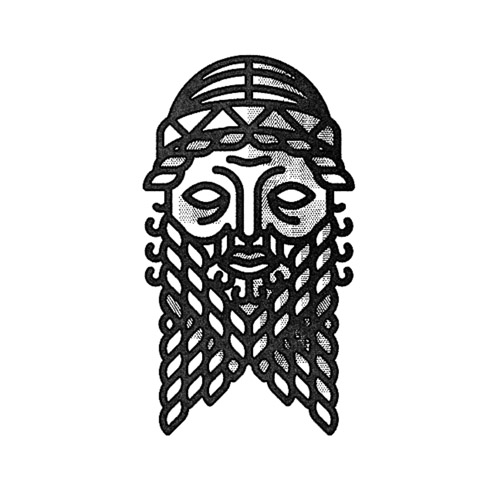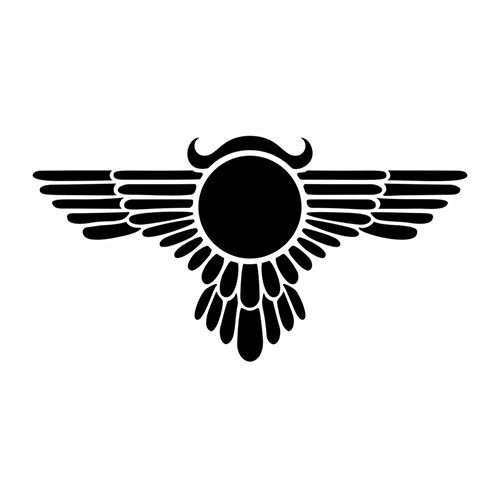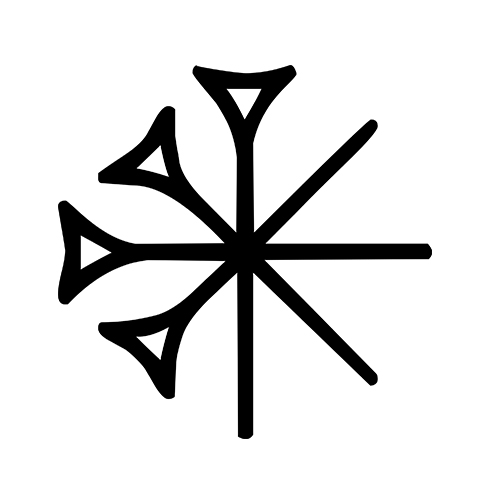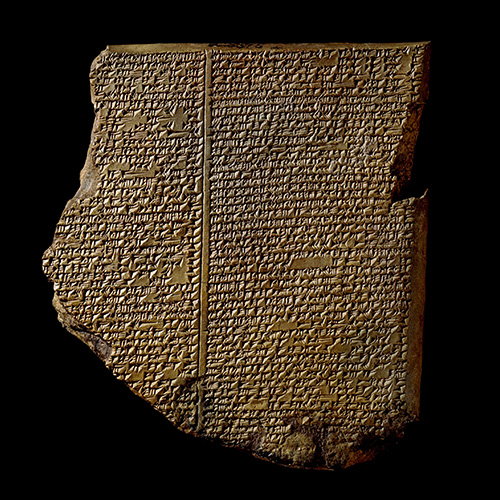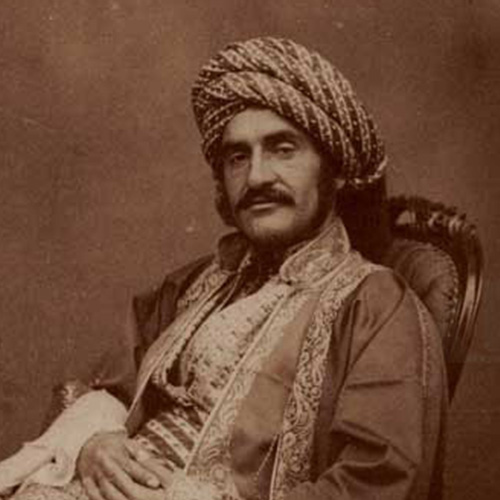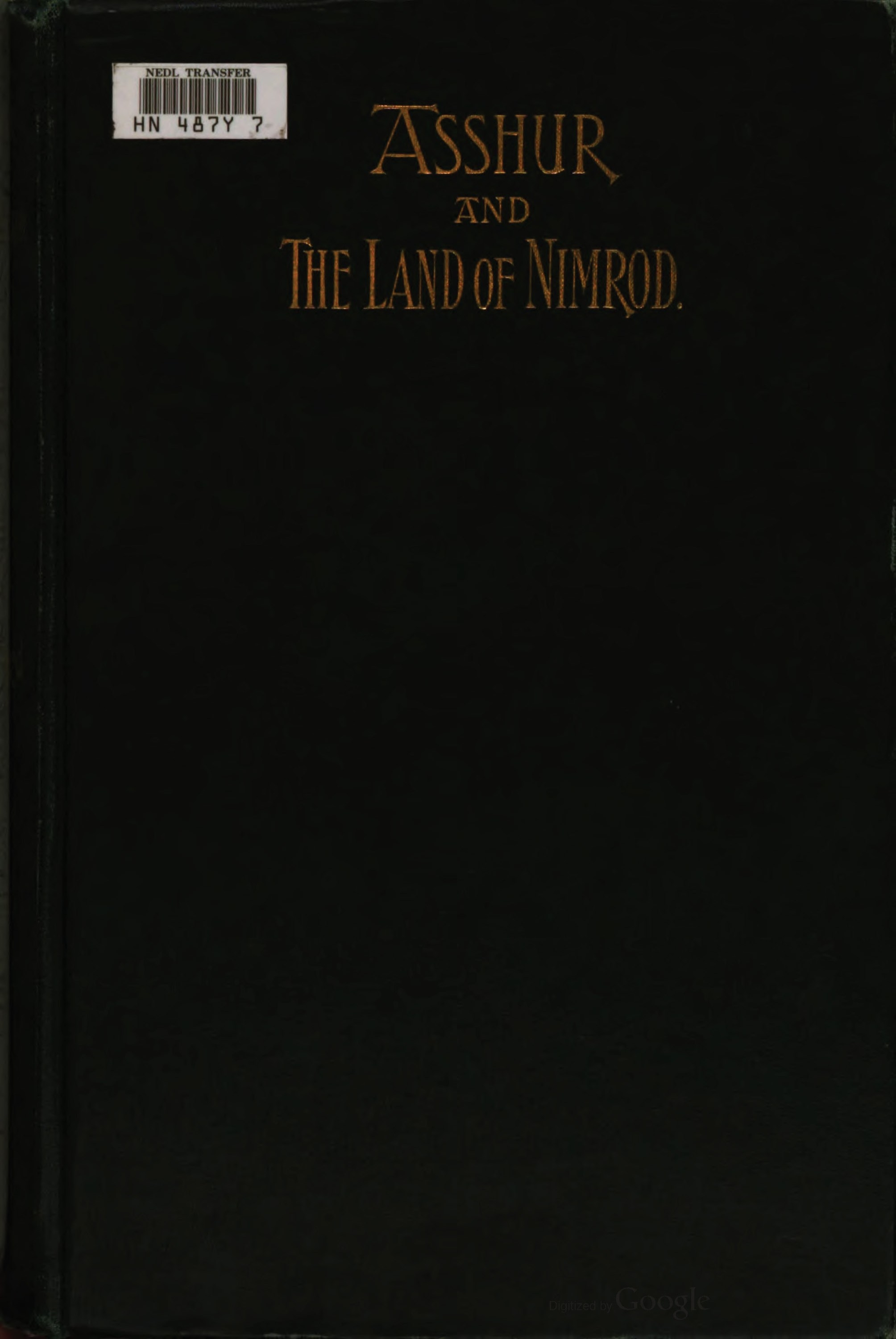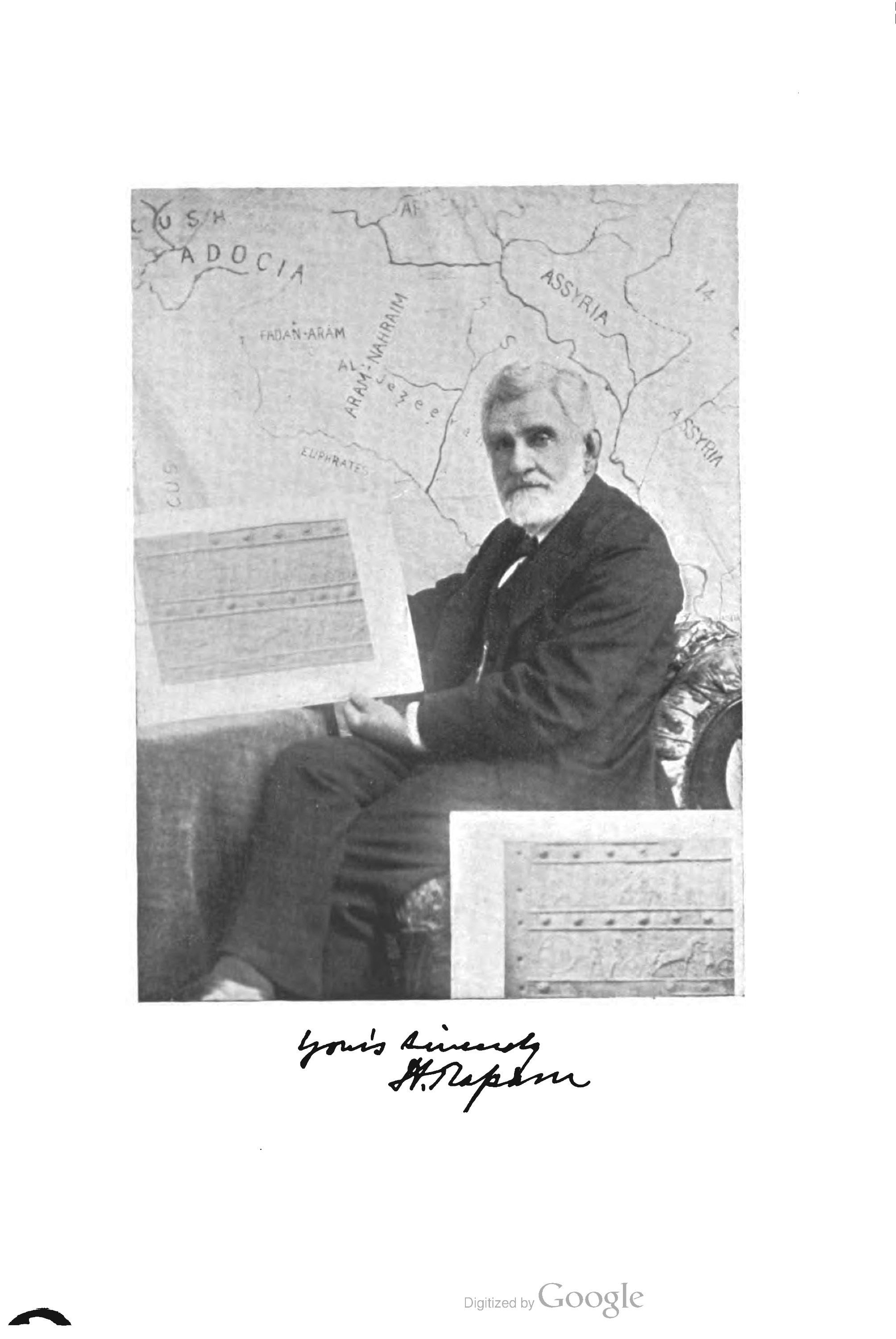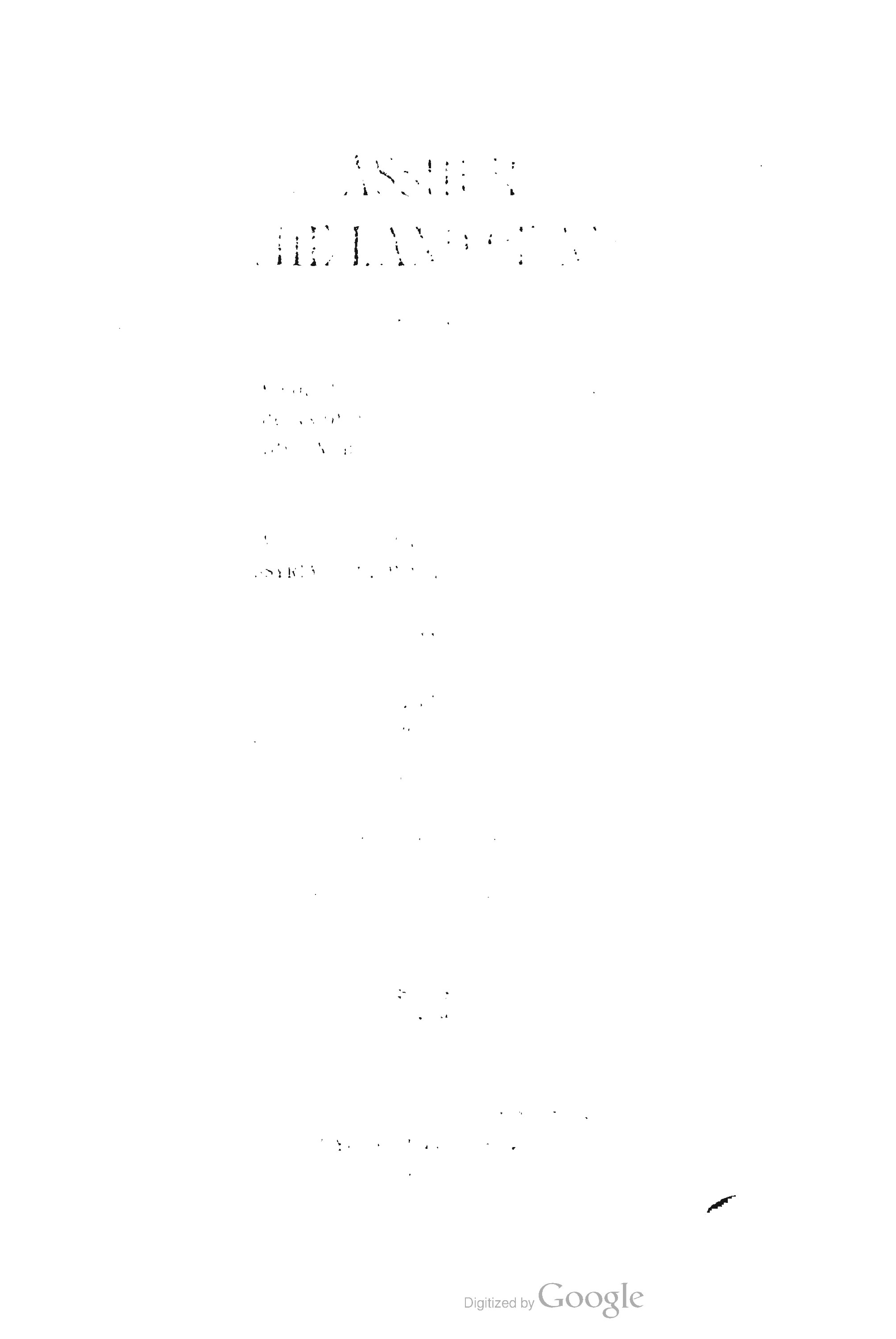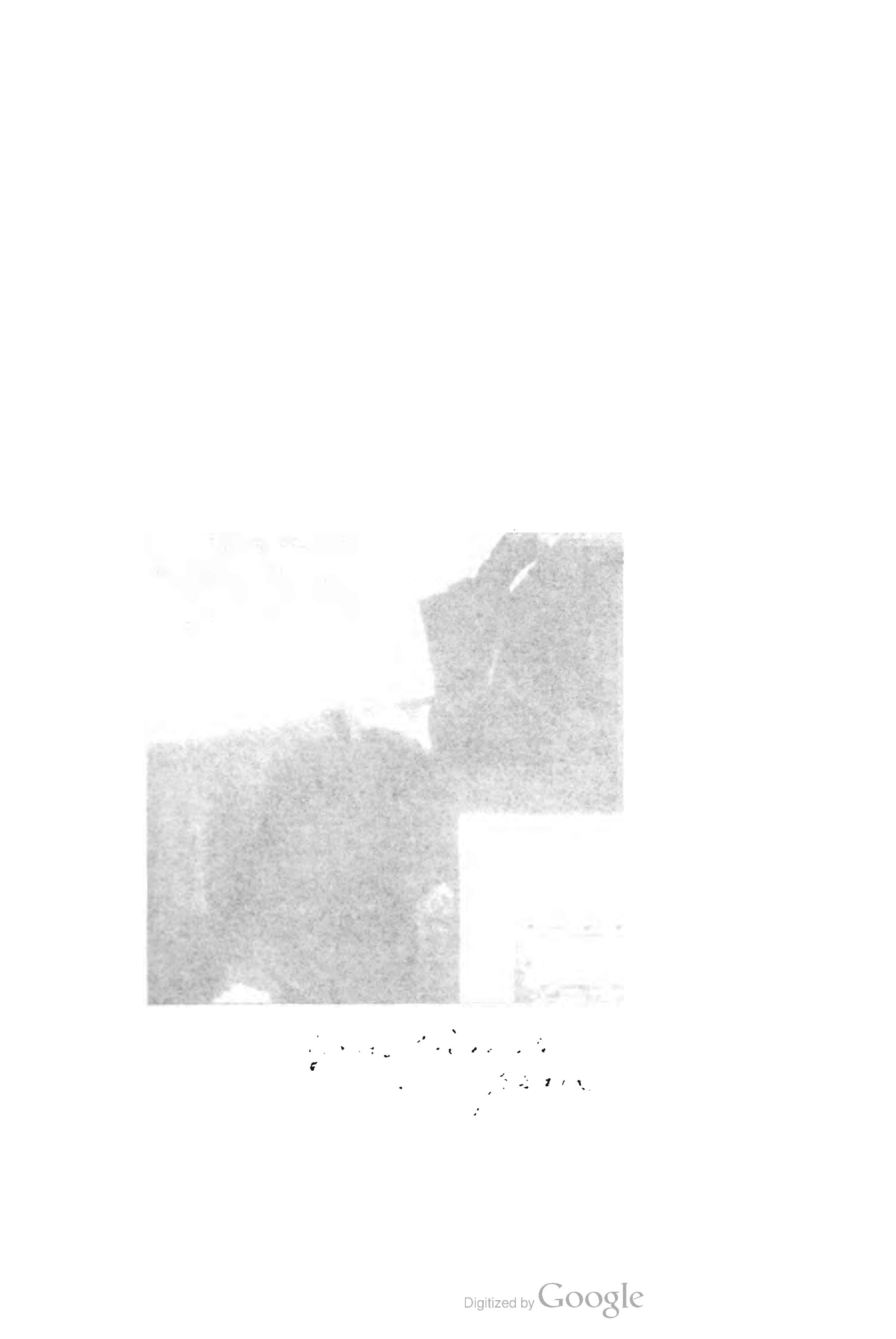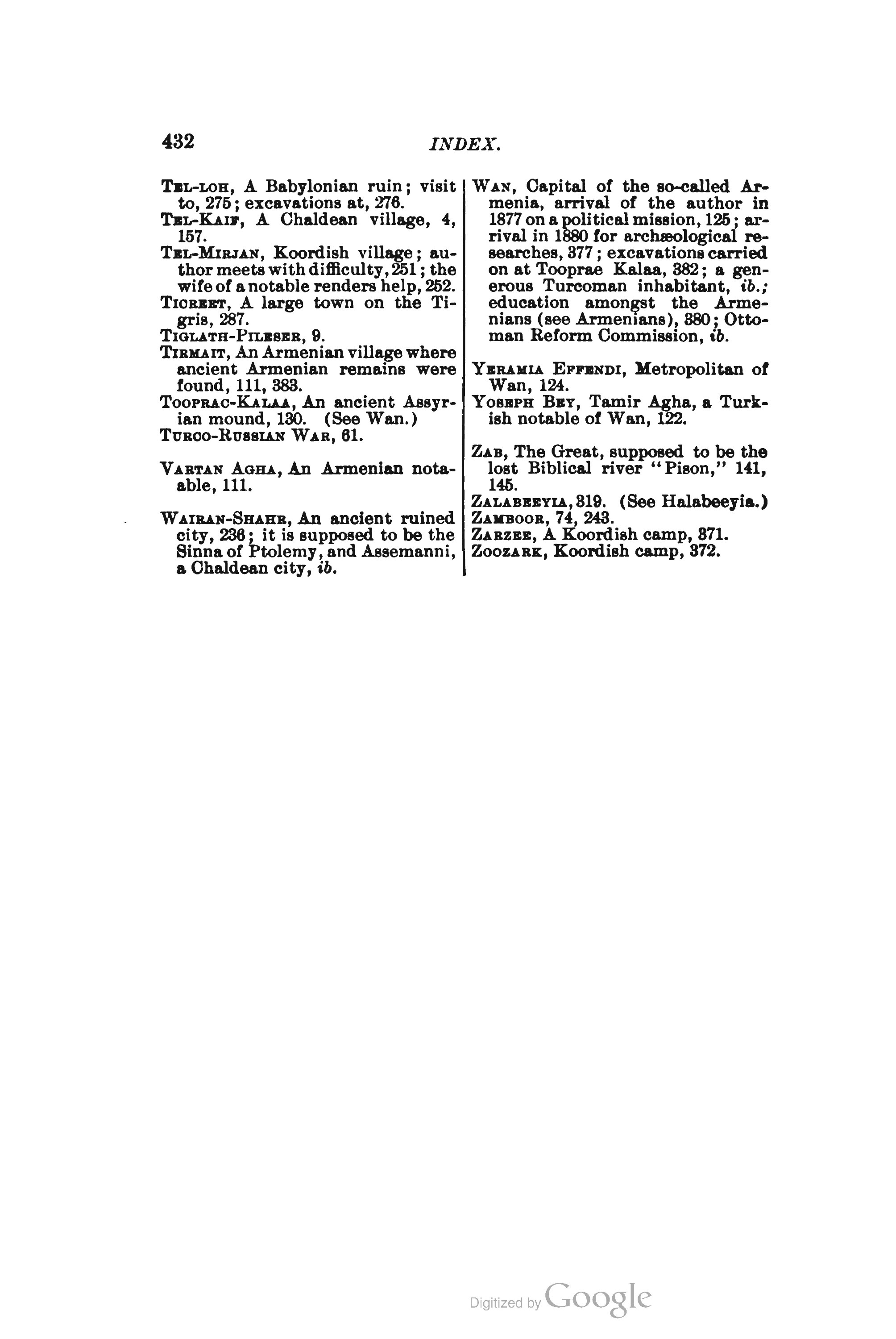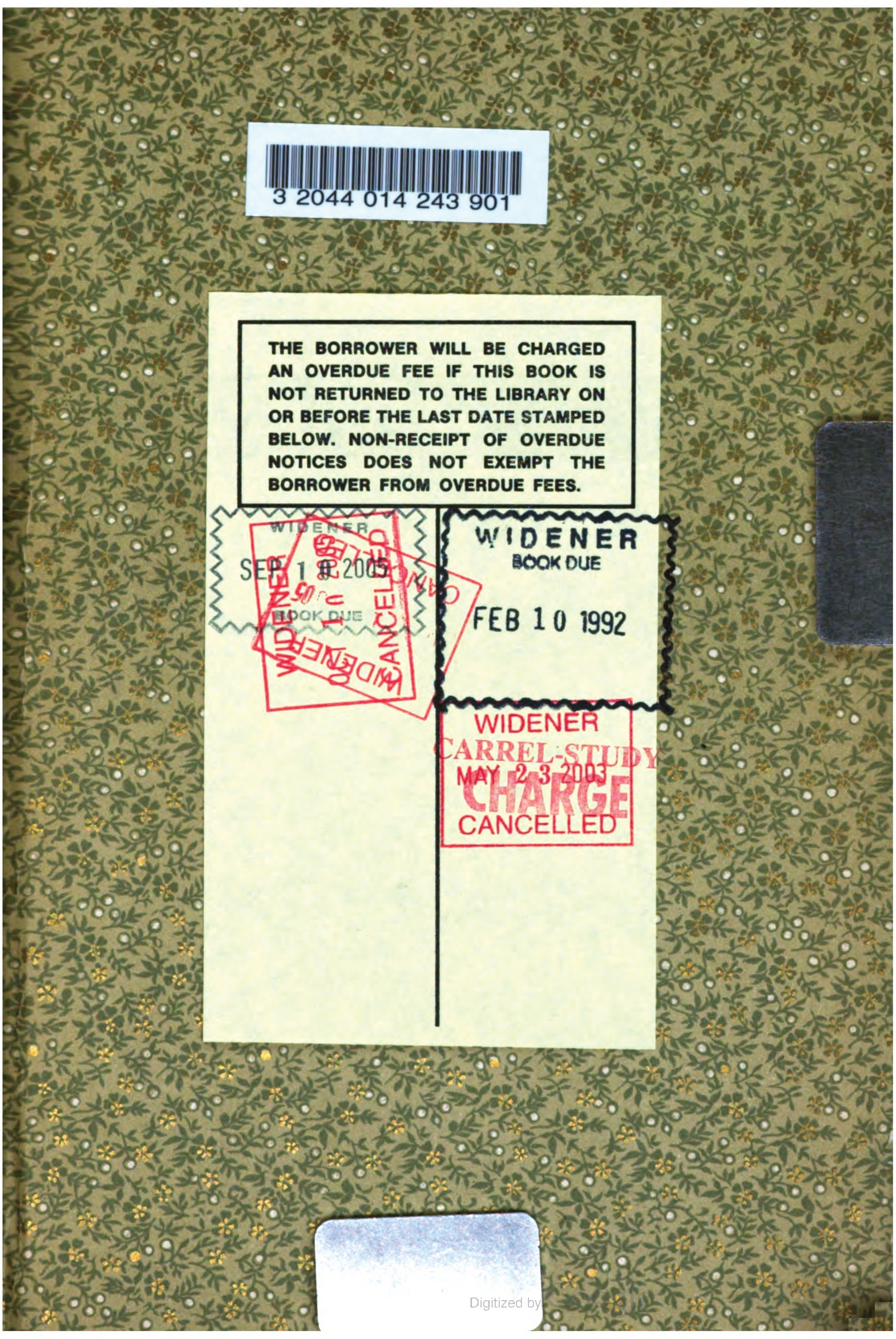About
Asshur and the Land of Nimrod is an 1897 publication by Hormuzd Rassam.
Source: OMNIKA
Access
Read for free
External sources
Primary
Myth
Gilgamesh is the king of Uruk and has a track record of terrorizing his own people. The people cry out to the supreme deity Anu, who creates a twin of Gilgamesh named Enkidu. Enkidu sets out for Gilgamesh, finds him, and they become friends after a brawl. The two journey together, whereby Enkidu dies. Gilgamesh tries to become an immortal with the help of a plant, but fails. The story ends with Gilgamesh realizing that his destiny is to be a good king to his people.
Belief system

The Babylonian religion was practiced throughout modern-day Iraq and the general near east (Mesopotamia) during antiquity. Its chief deity was Marduk.
Deity
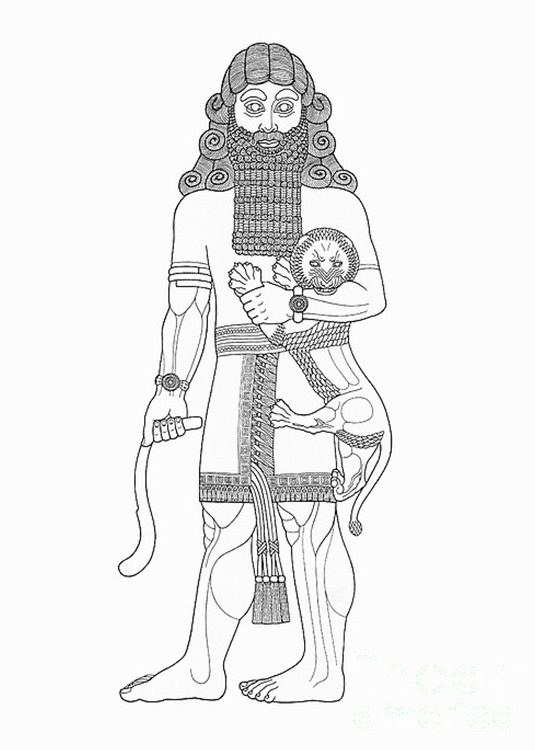
Gilgameš (Sumerian: 𒄑𒉈𒂵𒈩) was the mythical king of a city named Uruk and was well-known for his epic journey to find immortality.
Myths cited
It looks like only the main myth was referenced in this work.
Belief systems cited
Artifacts cited
Library works
Book · 1920
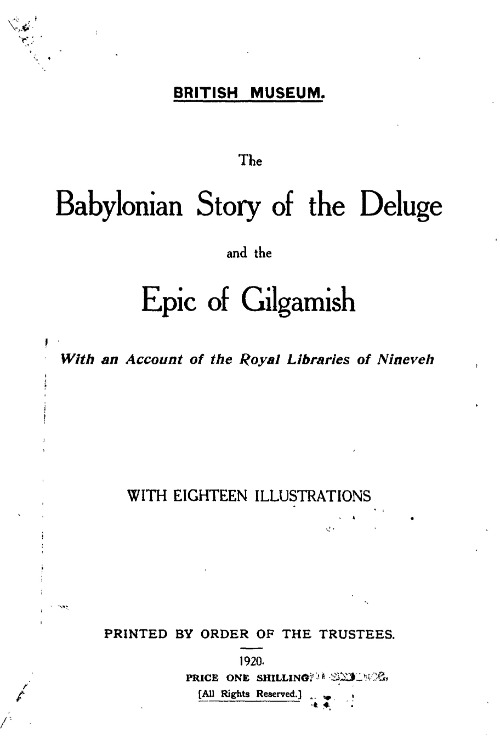
The Babylonian Story of the Deluge is a 1920 publication by Sir Ernest A. T. W. Budge. It is a sixty one page catalog of artifact findings from the previous fifty years. Notably, it contains robust documentation and organization of the twelve tablets associated with the Epic of Gilgamesh, among other important artifacts. It was published by the Trustees of the British Museum and later expanded in 1929 by Cyril J. Gadd.
Contributor
Cite this work
ChicagoRassam, Hormuzd. Asshur and the Land of Nimrod: Being an Account of the Discoveries Made in the Ancient Ruins of Nineveh, Asshur, Sepharvaim, Calah, Babylon, Borsippa, Cuthah, and Van, Including a Narrative of Different Journeys in Mesopotamia, Assyria, Asia Minor, and Koordistan. New York, NY: Eaton & Mains, 1897.
